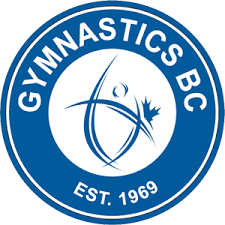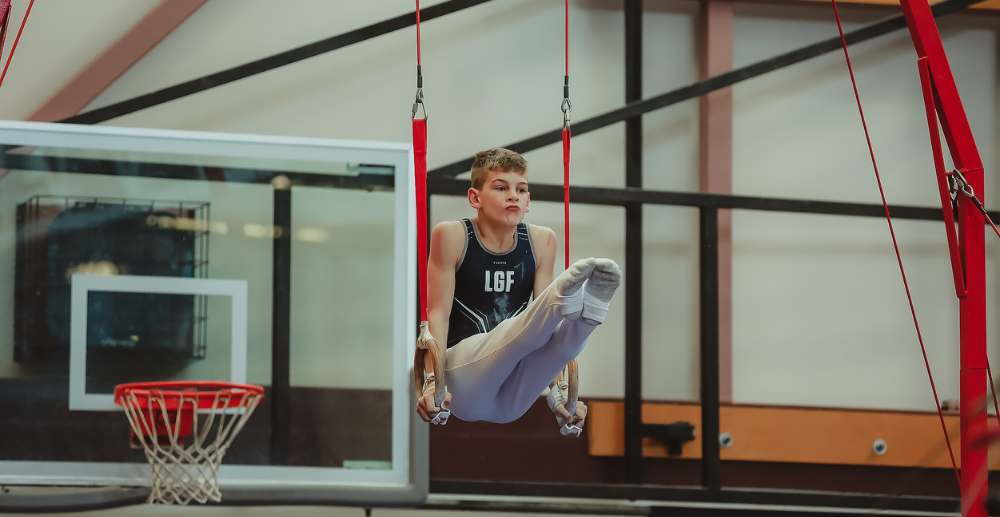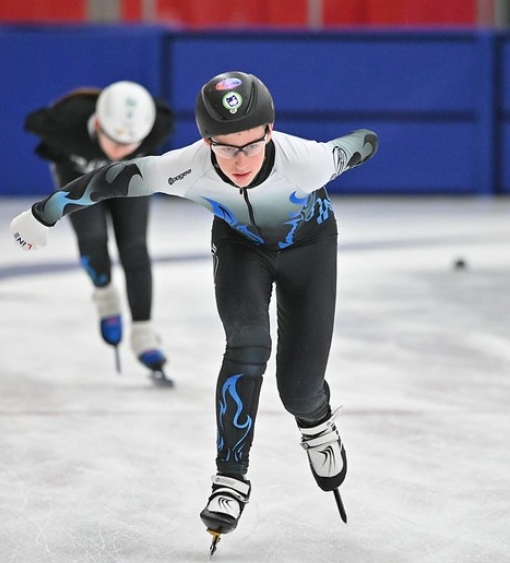BC WINTER GAMES
Artistic Gymnastics
Karate made its Games debut at the Tofino 2000 BC Winter Games and has been a staple of the BC Games ever since.
Artistic Gymnastics at the BC Games
Gymnastics BC oversees artistic gymnastics and trampoline and tumbling in the province.
At the BC Winter Games both male and female athletes are 10-15 years old. The competition format consists of a team event, all-around (the total from all 4 or 6 apparatus), and individual event finals. There are over 40,000 registered members of gymnastics clubs in BC with an additional 130,000 people taking part in some form of gymnastics.
History
The history of gymnastics can be traced to ancient Greece when distinct gymnastic exercises were developed as part of a regimen of physical conditioning and military training. Gymnastics was a prominent feature of the ancient Olympics but gradually lost its popularity to gladiator-like events. In the 1800s gymnastics experienced a rebirth due to the efforts of Friedrich Ludwig Jahn, a German educator known as the father of gymnastics. The sport has been part of the modern Olympic Games since 1896, although the first female competition did not take place until 1952.
Disciplines and Scoring
There are four disciplines in women’s artistic gymnastics; vault, uneven bar, beam, and floor. For men, there are six disciplines; floor, pommel horse, rings, vault, parallel bars, and horizontal bar. Judges award two scores after each gymnast’s performance, a D-score and an E-score. The D-score refers to the technical value of the routine: difficulty, bonuses, and routine requirements and it has no maximum. The E-score evaluates the execution of the routine by making deductions for mistakes such as bent legs, falls, and lack of height. The total deductions are subtracted from 10, so in a perfect routine, the E-score is 10.0.
Technical
Package
Technical Packages provide details of the eligibility requirements as well as event and competition information.
Provincial Sport
Organization
PSOs are the governing bodies for sports in B.C. and handle qualification, registration, and competition at the BC Games.
Frequently Asked
Questions
Have a question? We likely have the answer in our Frequently Asked Questions.
Participant
Information
Learn about qualification, registration, transportation, accommodation, food, and more.
Notable Alumni
Notable alumni include Zachary Clay (2006 BC Winter Games) who is a current member of the men’s national team.
Photography
Visit the BC Games Flickr account to view more photos of Karate from the Games.


